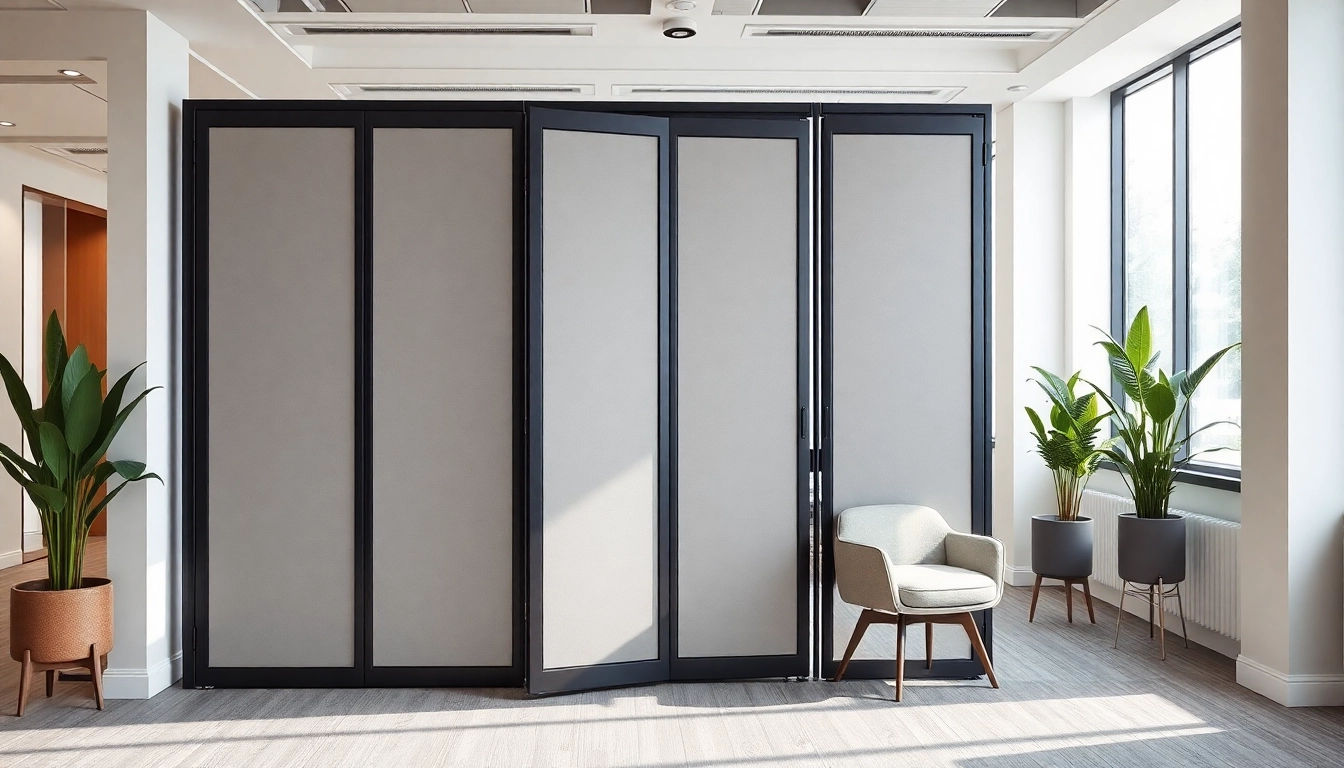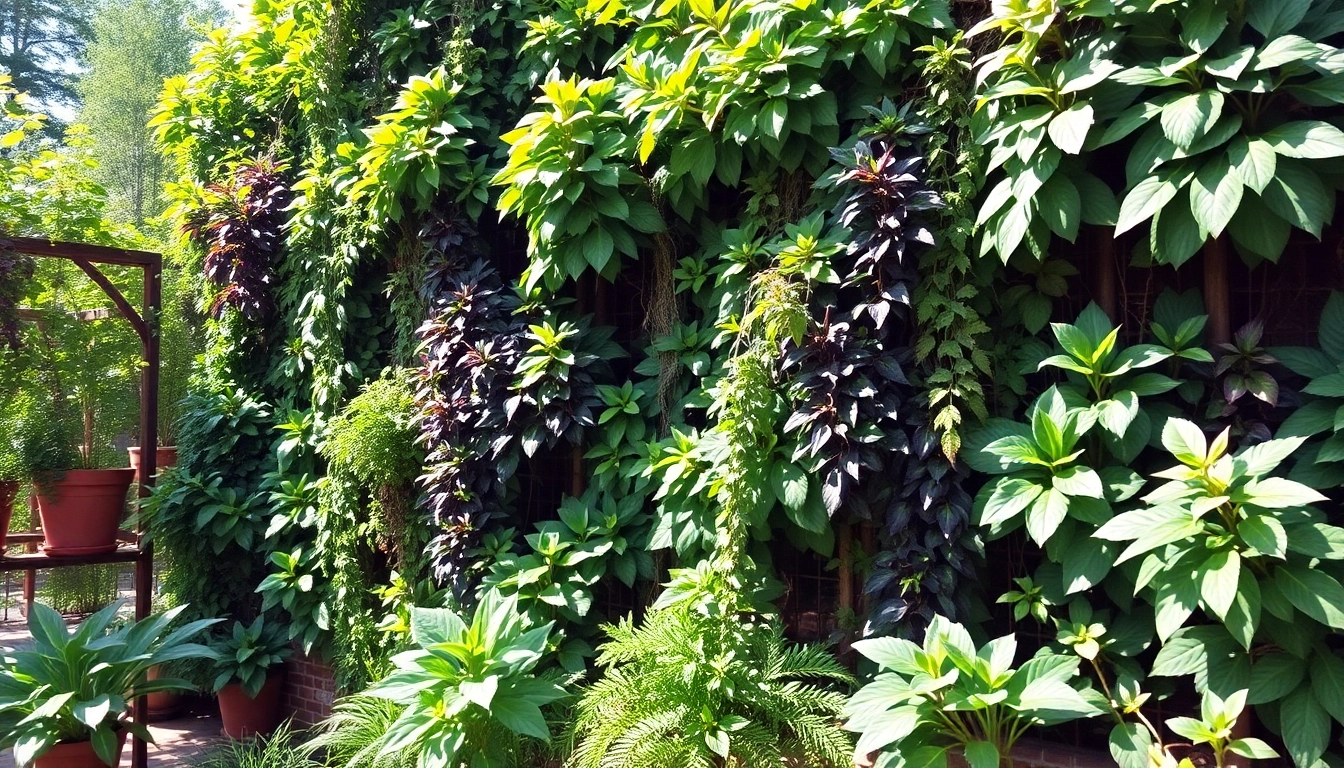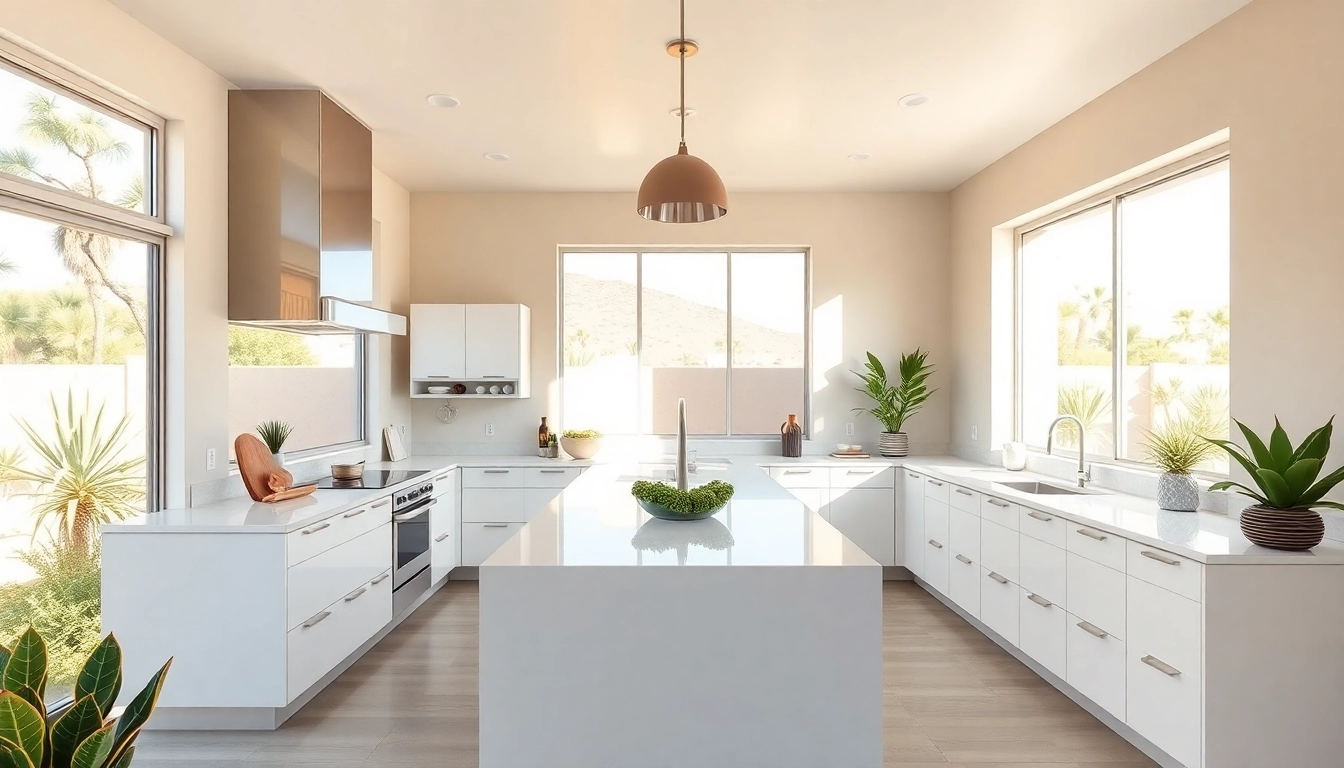1. Understanding Folding Partition Walls
1.1 What is a Folding Partition Wall?
A Folding Partition Wall is a flexible wall system designed to divide larger spaces into smaller, functional areas without the permanence of traditional walls. Unlike standard structural walls, folding partitions can be easily moved or collapsed to create an open environment or closed off areas as needed. This innovative solution has become increasingly popular in various settings, including offices, homes, and commercial venues, due to its versatility and functionality.
1.2 Key Benefits of Using Folding Partition Walls
Folding partition walls offer several notable advantages, making them an attractive option for users looking to maximize the utility of their spaces:
- Flexibility: Easily modify room layouts for different activities or events with adjustable partitions.
- Space Optimization: Increase usable space by creating smaller, defined areas when necessary, without the need for permanent constructions.
- Sound Control: Many folding partitions include soundproofing materials, allowing for privacy and comfortable settings for meetings or gatherings.
- Cost-Effectiveness: Save on construction costs and avoid lengthy remodels by choosing folding partitions that can be installed quickly and without permits.
- Customizable Designs: Available in various materials, colors, and sizes, allowing personalization to fit aesthetic and functional needs.
1.3 Common Applications in Residential and Commercial Spaces
Folding partition walls are particularly effective in both residential and commercial settings, serving various purposes:
- Residential Use: Homeowners can create temporary divisions in open concept living areas, such as separating a guest room from a home office.
- Office Spaces: Corporations utilize them to build meeting rooms, break areas, and collaborative environments where adaptability is key.
- Educational Institutions: Schools and universities employ folding partitions to create versatile classrooms or multipurpose halls that can be adjusted for different sessions.
- Event Venues: Large event spaces often use folding partitions to transform the area based on the requirements of a specific function or gathering.
- Healthcare Settings: Hospitals and clinics can easily create private examination areas or waiting rooms through the strategic use of folding partitions.
2. Types of Folding Partition Walls
2.1 Fabric vs. Solid Panel Folding Partition Walls
Folding partition walls generally fall into two categories: fabric and solid panel types. Each has its own benefits and potential applications:
- Fabric Panels: Lightweight and typically more economical, fabric panels are available in numerous colors and textures, providing softer aesthetics. They are favored in spaces requiring easy transitions, like banquet halls or temporary setups.
- Solid Panels: These panels offer increased durability and sound attenuation, making them ideal for offices or conference rooms where privacy and concentration are essential. Available in materials such as glass, wood, or metal, they can contribute to a more professional or sophisticated environment.
2.2 Acoustic Properties and Performance
When selecting a folding partition wall, sound performance is a critical consideration, especially in environments where privacy is paramount. The acoustic performance of a partition can be influenced by:
- Materials: Acoustic panels often incorporate sound-absorbing materials that can significantly reduce noise transmission.
- Construction Quality: Well-constructed walls with proper seals and fittings will enhance sound insulation capabilities.
- Thickness: Generally, thicker panels provide better soundproofing, which can be crucial in conference rooms or healthcare settings.
2.3 Customization Options for Unique Spaces
Customization plays a pivotal role in the effectiveness of folding partition walls. Options may include:
- Size Variability: Folding partitions can be manufactured in various heights and widths to fit the specific dimensions of your space.
- Design Preferences: Different finishes, colors, and fabric choices allow users to align the partitions with their branding or design philosophy.
- Integration with Technology: Options for incorporating screens or digital displays into partitions can enhance functionality in modern workplaces or educational settings.
3. Choosing the Right Folding Partition Wall for Your Needs
3.1 Factors to Consider: Space, Usage, and Design
When selecting the ideal folding partition, several factors must be considered to ensure effective functionality:
- Available Space: Assess the dimensions and layout of the area where the partition will be installed.
- Intended Use: Understand the primary purpose of the partition, whether for privacy, noise reduction, or visual separation.
- Design Aesthetic: Choose a style that harmonizes with existing decor and enhances the overall ambiance of the space.
3.2 Professional Installation vs. DIY Solutions
Depending on the complexity of the installation, you may choose between professional services or a DIY approach:
- Professional Installation: Ensures that partitions are installed correctly and safely, particularly for heavier or more intricate systems. This option might provide additional warranties and customer support.
- DIY Solutions: Ideal for smaller projects or straightforward installations, allowing for cost savings. However, you should be well-versed in required measurements and installation processes.
3.3 Cost Considerations for Folding Partition Walls
Cost is a significant factor when selecting folding partition walls. Key variables influencing pricing include:
- Material Type: Fabric options are typically less expensive than solid panel systems, which may include additional features like enhanced acoustics.
- Size and Customization: Larger custom partition walls will generally be more costly due to the increased materials and labor required.
- Installation Fees: Depending on whether you opt for a DIY approach or hire professionals, installation costs can significantly influence the total project budget.
4. Maintenance and Care for Folding Partition Walls
4.1 Cleaning and Maintenance Tips
Proper maintenance ensures longevity and optimal performance of your folding partition walls. Here are some tips:
- Regular Cleaning: Wipe down surfaces with a damp cloth to remove dust and dirt build-up. For fabric panels, consider a vacuum with an upholstery attachment.
- Inspect Hardware: Regularly check the tracks, hinges, and locks for signs of wear, ensuring that they function smoothly.
- Address Stains Promptly: For fabric panels, treat spills immediately with appropriate stain removers to prevent permanent damage.
4.2 Troubleshooting Common Issues
As with any functional system, issues may arise with folding partition walls. Common problems include:
- Sticking Panels: This may indicate debris in the tracks or misalignment. Cleaning the tracks and realigning as necessary can resolve these issues.
- Noise Leakage: If soundproofing is inadequate, re-evaluate the layout and material choices or consider enhancing the wall’s acoustic properties.
- Mechanical Failures: If panels fail to open or close, check the mechanics for obstructions or misalignments and consult professional services if needed.
4.3 When to Seek Professional Help for Repairs
Some issues may require professional intervention, particularly when:
- The structure is severely damaged or the mechanism is malfunctioning.
- When soundproofing inadequacies persist despite efforts to improve it.
- Any repairs demand significant technical knowledge or specialized tools.
5. Future Trends in Folding Partition Walls
5.1 Innovations in Design and Technology
The folding partition industry continues to evolve, with innovations focused on usability and aesthetics:
- Smart Systems: Integrating technology, such as automated folding mechanisms, is on the rise, enabling users to adapt spaces effortlessly with the touch of a button.
- Enhanced Materials: Development of lighter yet stronger materials enhances the usability without compromising strength or durability.
- Modular Designs: Increasing availability of modular folding systems that allow easy reconfiguration of spaces as business needs change.
5.2 Sustainable Materials and Practices
With an increased emphasis on sustainability, manufacturers are focusing on eco-friendly materials and practices:
- Recycled Content: More folding partitions are being made from recycled materials, reducing environmental impact while ensuring durability.
- Sustainable Aesthetics: Incorporating natural finishes and renewable resources into designs allows users to align environmental values with their choice of furnishings.
- Energy Efficiency: Well-designed partitions can help regulate temperature and lighting in a space, contributing to energy savings in commercial properties.
5.3 The Growing Popularity of Flexible Spaces
The increasing trend towards flexible work environments is driving the demand for folding partition walls:
- Businesses are recognizing the benefits of dynamic spaces that can adapt to meet various needs, from collaborative environments to private workstations.
- This shift is prevalent in real estate development, where multipurpose spaces are designed to maximize utility and accommodate diverse ownership or leasing needs.
- As the workplace continues to evolve, folding partitions will play a critical role in how spaces are utilized effectively.



